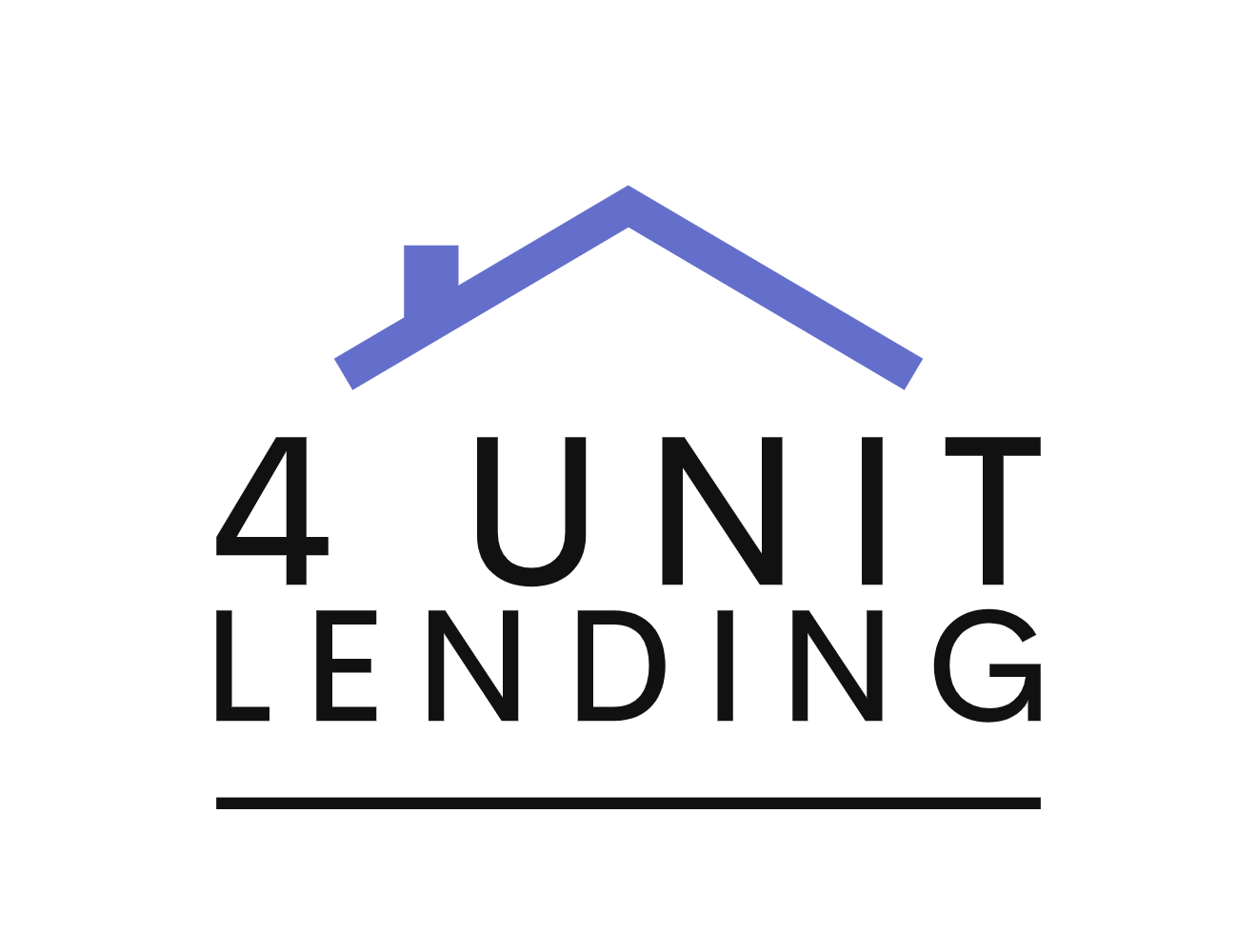
Thomas Barwick/Getty Images
Key takeaways
The majority of mortgage applications are processed with automated technology, but lenders can use manual mortgage underwriting for more complex financial situations.
If you have a limited credit history or negative marks on your credit report, you might need manual underwriting for loan approval.
Borrowers going through manual underwriting should be prepared to share extra documentation and focus on responding to lender inquiries quickly.
What is manual underwriting?
Manual underwriting is when a human, rather than technology, reviews a mortgage application. This person looks at factors like the borrower’s debt-to-income ratio, loan-to-value ratio, credit score and history, assets, liabilities, income and employment.
Manual underwriting is typically used when your responses to some of the questions on a mortgage application would likely raise red flags or if you have unique circumstances.
Some types of mortgages require manual underwriting if the borrower doesn’t meet certain standards, such as having a higher amount of debt or a lower credit score. Through manual underwriting, these kinds of borrowers may be able to show why they should qualify for financing.
Manual underwriting vs. automated underwriting
Manual underwriting
Automated underwriting
Who or what is doing it?
A person
An algorithm
How long will it take?
Varies, but can take days for preapproval and much longer for full sign-off on the loan
Varies for final approval, but conditional approvals happen in minutes
How strict are the requirements?
An underwriter will work with you to gather a lot of financial information and determine your risk level
Must meet set requirements, such as for credit score and debt-to-income ratio, which vary by loan type
In the past, all mortgage applications were manually underwritten. When it happens today, an underwriter reviews a mountain of information about your finances to determine how much money you earn, how much money you have to spend and how much mortgage debt you can comfortably manage.
Automated underwriting is completed through an automated system. With automated underwriting, your lender can gather account information directly from your bank, retirement fund or stock brokerage and access your tax returns. Because of this, most of your loan can be underwritten within minutes.
In some cases, lenders use a mix of both types — also known as blended underwriting. A lender may want to go the blended route to avoid having a qualified borrower rejected or an unqualified borrower mistakenly approved.
How does manual underwriting work?
With manual underwriting, you can expect to go through a lot of the same steps as with typical automated underwriting. The difference? It will likely take more time, and you may receive more questions from the underwriter along the way. Here’s a brief overview of the process:
Send documentation of your finances. The lender will ask for financial documents for preapproval, which may include bank statements, tax returns, paystubs and brokerage statements. It’ll also ask for proof of employment and verification of your assets.
Wait. The underwriter will assess your documents, check your credit report and consider all aspects of your finances. Do you have a history of timely payments? How much debt do you currently have, and what is your income? Could you reasonably make the payment on a new loan? In addition to reviewing your income and assets, the underwriter looks at your debts — student loans, auto loans, credit cards and any other regular monthly bills to get a sense of how much you can reasonably afford to spend on a mortgage payment.
Respond to any questions. As the underwriter examines your information, be prepared for follow-up questions. Don’t worry when they ask, either; this is a standard part of the process. Just respond truthfully as soon as possible.
Receive a decision. At this stage, the underwriter decides whether to deny your application, approve it or approve it with contingencies, such as requiring more documentation.
When is manual underwriting done?
Lenders typically use manual underwriting when they have an unusual situation that makes automatic underwriting difficult. Some scenarios where lenders use manual underwriting can include:
You have no credit history: If you’ve never had a loan or credit card, you won’t have any credit score, so the automated system can’t rely on this metric to make an approval.
You have minimal credit history: Similarly, if you don’t have a long credit history, the system might not be able to use the scanty information to make an accurate decision about your creditworthiness.
You have a foreclosure or bankruptcy on record: Having these negative marks on your credit can make getting a loan through automated underwriting all but impossible. Lenders might be willing to underwrite your loan manually if you’ve turned things around, have a strong source of income and a large down payment.
High debt-to-income ratio: Having a high DTI ratio is usually disqualifying. However, if you can show a manual underwriter that you have a good reason for high DTI and that you can easily handle the payment or that your DTI is about to drop, you might be able to secure approval.
Underwriting different types of mortgages
The type of underwriting process used can depend on the type of mortgage you’re applying for:
Conforming loans: Conventional conforming loans are those that meet standards set by the Federal Housing Finance Authority (FHFA), allowing government-sponsored enterprises Freddie Mac and Fannie Mae to buy them on the secondary mortgage market. These typically use automated underwriting, but there are exceptions that require a manual process.
Jumbo loans: These loans don’t conform to Freddie and Fannie’s requirements, which means they have fewer restrictions and regulations to worry about. This makes manual underwriting far more common for jumbo loans, especially those for large amounts.
FHA, VA, or other government-backed loans: Most of these government-backed loans use automatic underwriting, though manual underwriting can be permitted, or even required in some cases. For example, for FHA loans where the applicant’s credit score is under 620 or debt-to-income exceeds 43 percent, lenders must use manual underwriting.
What borrowers should know about manual underwriting today
Manual underwriting is a process that can be best for applicants who have no credit history or whose credit history is particularly limited. About 45 million Americans face the challenge of not having a credit score, according to a 2021 report by the U.S. Government Accountability Office.
For those who don’t have a history of making credit card or loan payments, manual underwriting may be key to obtaining a mortgage. In such cases, the manual underwriting process allows for reviewing other types of payments to assess an applicant’s ability to repay a mortgage, such as rent, cell phone bills, tuition or health insurance.
“When a loan officer goes down the road of a manual underwrite, it’s because the lender believes in the borrower and the underlying loan data.”
— Mark Worthington
Branch Manager for Churchill Mortgage
Manual underwriting also offers an important option for individuals who are self-employed and have experienced a substantial decline in income. The Federal Housing Administration requires that a manual underwriter review the applications of self-employed individuals whose income has decreased more than 20 percent in the past 24 months.
“When a loan officer goes down the road of a manual underwrite, it’s because the lender believes in the borrower and the underlying loan data,” says Mark Worthington, branch manager for Churchill Mortgage. “It means that the loan officer is willing to work harder and go the extra step for the client.”
While manual underwriting involves extra work for the loan officer and the applicant, when this approach is successful it can provide applicants who lack traditional financial qualifications access to homeownership.

